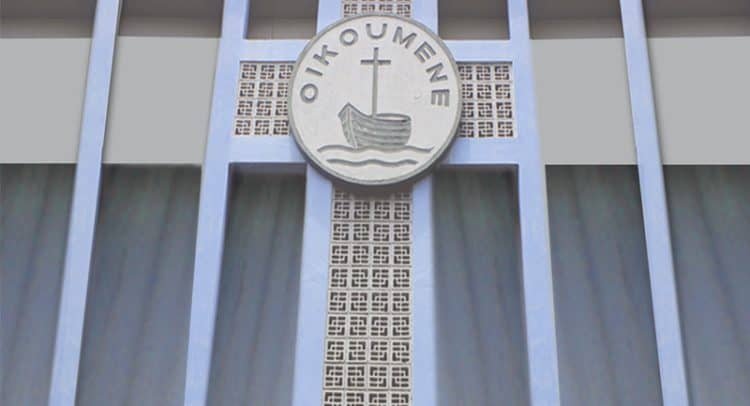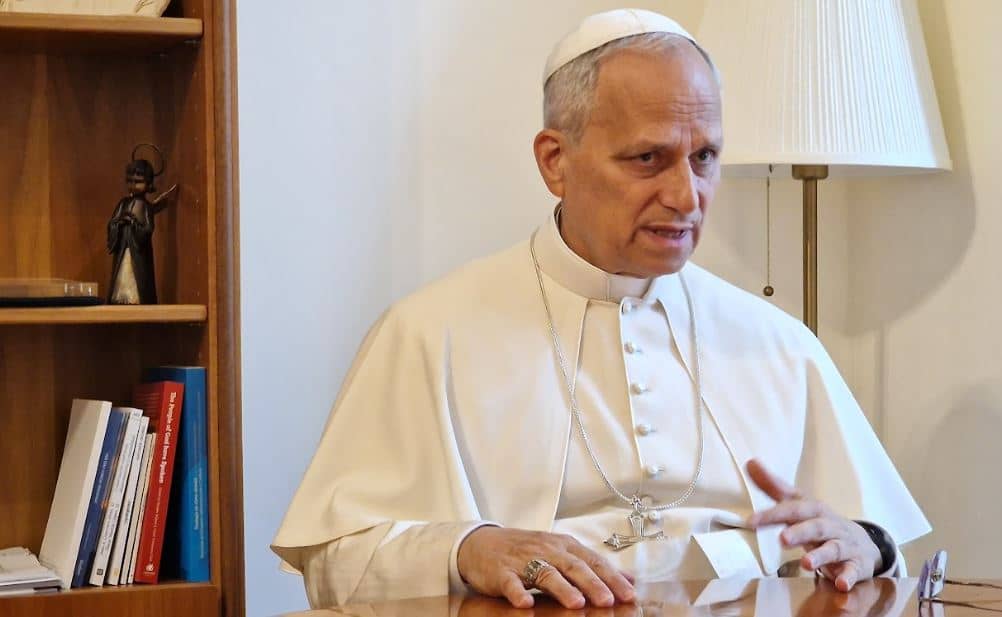YAOUNDÉ, Cameroon – Joe Biden’s promise to return the United States to the Paris Climate Agreement will hopefully lead “a new level of diplomatic engagement and additional climate finance resources.”
Donald Trump withdrew the United States from the 2015 United Nations deal aimed at limiting the increase of the global temperature to 1.5 °Celsius (2.7 °Fahrenheit) above pre-industrial levels.
“The good news is that since the signing of the Paris Agreement, the long-term outlook has improved, and we have seen some signs of progress,” said Marilyn Shapley, a senior policy and legislative specialist for the Catholic Relief Services, the development aid agency of the U.S. bishops.
“President-elect Biden has signaled he will rejoin the Paris Climate Agreement and renew and strengthen U.S. climate commitments,” she added.
“However, countries must continue to take bolder collective actions to meet the goals of the Paris Agreement, especially to try to limit the global warming to 1.5 ° Celsius,” she told Crux.
The developed world promised to provide $100 million for the climate mitigation needs of the developing world by 2020, something Shapley says hasn’t been done.
“According to reports by the Office for Economic Co-operation and Development (OECD) and others, the $100 million commitment has not been met. While there was a promising 11 percent increase according to OECD’s 2017 report, only about 20 percent was for adaptation, when ideally it would have been 50 percent,” she said.
What follows are excerpts of her conversation with Crux.
Crux: The Paris agreement allocated money to the climate mitigation needs of developing countries. Developed countries had pledged to ramp up climate financing by $100 million by 2020. Has that commitment been met?
Shapley: No. According to reports by the Office for Economic Co-operation and Development (OECD) and others, the $100 million commitment has not been met. While there was a promising 11 percent increase according to OECD’s 2017 report, only about 20 percent was for adaptation, when ideally it would have been 50 percent.
In addition to pushing for the $100 million commitment to be met, countries should also work on how to better track the resources being committed. And there is increasing evidence that the public finance going to the least developed countries should ideally be in the form of grant instruments instead of loans, especially given the burden of debt many countries have, and the budget constraints emerging as countries continue responding to COVID-19.
The argument in Africa is that if rich nations fail to pay to save the rainforests, then they will have to cut down the forests to build their economies…
In line with Pope Francis’s call for us to not ‘rob the new generations of their hope in a better future,’ there are alternative ways to grow an economy without causing irreversible damage to the rainforests. Economic models have shown that there is economic gain to be had with bold climate action.
Along those lines, recognizing the need for urgent action, the Least Developed Countries (LDC) Group, which is made up of more than 40 of the world’s least developed countries, including more than 30 countries in Africa, is pushing other countries around the world to increase their climate solutions ambitions. These countries are leading by example by making their own commitments.
In places like Madagascar and Central America, CRS is seeing ways to help communities tackle poverty while still caring for creation. For example, in Madagascar, which has one of the highest rates of deforestation in the world, we’re working with farming communities on ways to improve their income while at the same time preserving the surrounding rainforest.
Global carbon emissions in 2015 stood at about 50 billion tons. By 2019, the figure had increased to 55 billion tons. Does this signal the Paris Agreement is failing?
The good news is that since the signing of the Paris Agreement, the long-term outlook has improved, and we have seen some signs of progress. However, countries must continue to take bolder collective actions to meet the goals of the Paris Agreement, especially to try to limit the global warming to 1.5 ° Celsius.
The COVID-19 pandemic caused a slowdown in transport, industry and commerce, but this didn’t cause corresponding changes in emissions. Does this mean more systematic change is needed? Where should the world focus investments in order to meet the Paris targets?
CRS is focused on how to ensure that systemic changes are reaching those living in the poorest and most vulnerable communities. To echo the LDC Group, the international community should focus on improving access to finance and technology while increasing opportunities for capacity-building. Finance for adaptation and resilience efforts is especially needed. And debt relief is also highlighted by the LDC group as something that could impact their climate change efforts in a positive way.
How can Africa benefit from the opportunities offered by the green economy?
As mentioned above, there is economic gain to be had with bold climate action. For example, African countries can certainly benefit from more concerted efforts and investments in land restoration and natural resource management. In fact, at CRS, we’re scaling agricultural policies and resources that support soil and landscape restoration and improved natural resource management. In Ethiopia, we’ve seen how these practices have helped farmers increase their corn yields by as much as 400 percent. As these families increase their profits, the additional money is helping pay for children’s education.
How does the promise of America’s return to the climate agreement affect things?
President-elect Biden has signaled he will rejoin the Paris Climate Agreement and renew and strengthen U.S. climate commitments. Hopefully, this renewed focus leads to a new level of diplomatic engagement and additional climate finance resources, especially for the Green Climate Fund and adaptation efforts focused on meeting the needs of the most vulnerable.















